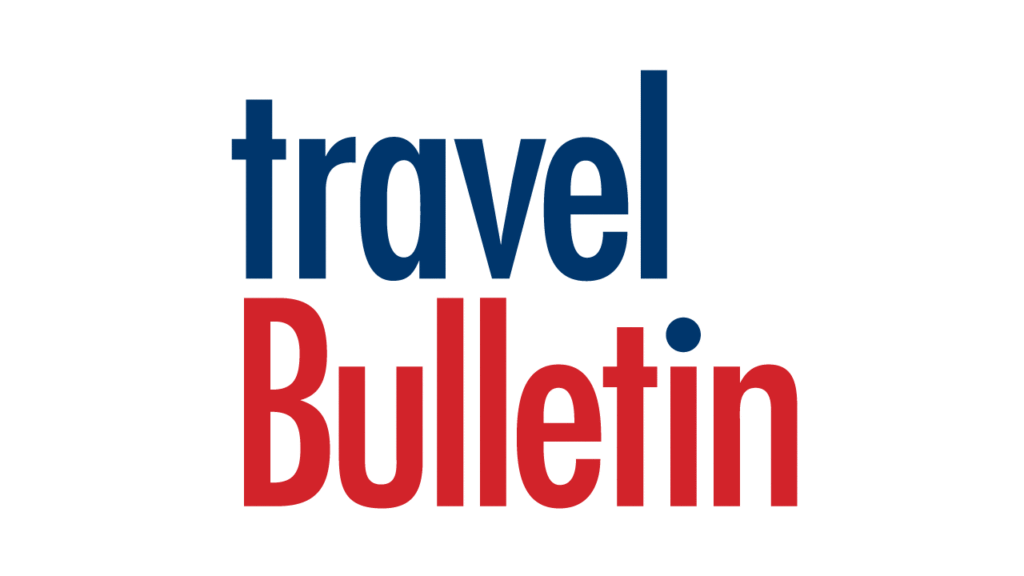![]() By Peter Watson
By Peter Watson
IN my last article, my basic proposition was this:
“Social media is here to stay, its expansion is rapid and wide reaching and the travel and tourism business needs to be on board, or it will miss out completely.”
With that in mind let’s have a quick look at some travel and tourism businesses that are, in my view, doing it well. There are in fact many companies in that category, but I will focus on three: Trafalgar Tours, G Adventures and Tourism Australia.
One is a well known tour operator, servicing a mainstream market; another a genuine “out there” adventure company with a unique slant on the business and a desire to make a difference; and the third is a large and well-oiled tourism machine that is promoting this country to a global audience.
They all have something in common in the way they use social media – great content, using loads of pictures and plenty of colour.
And they all have something else in common: they are not blatantly advertising. Sure there are specials on offer mainly via Twitter where they are creating immediacy, but the three organisations are much more interested in engaging with people, building relationships and gaining followers who will continue to engage with them.
They all have some channels in common and some that are different and they use each channel for a slightly different purpose but looking for the same end result.
• Trafalgar uses Facebook, primarily to build engagement, Twitter to create immediacy and generate action, blogging to tell a story and provide and share information and YouTube as vehicle to share special experiences both short and long. But the overall intent is to engage with people and build a long term relationship.
• G Adventures, maybe because it has a “younger” market, spreads the love a bit wider.
The company uses Google+ as well as Facebook for engagement, using similar content just tailored slightly differently for each audience. It makes great use of both Instagram and Pinterest to create excitement with stunning photo images and backs them up with YouTube to share the story in a video version.
G Adventures also uses Twitter to create immediacy as well as linking to current events (World Cup) and relating them to G Adventures content and offers.
Finally it uses Vine (which, is a video sharing App) to share customer experiences in a very different way to YouTube.
• Tourism Australia also uses both Facebook and Google+, this time to tell a story about Australia in both words and pictures posted by a host of visitors and guests, all of whom have given Tourism Australia permission to share the postings. TA uses this to create a positive image, to build interest and to engage with existing and potential travelers.
It also uses Twitter to create immediacy about an event or an attraction and then direct people to it and finally it uses Instagram to tell the story it wants to tell in pictures.
These are just three examples of travel and tourism organisations using social media well, there are many others. If you want to search them out, its pretty easy, the really good operators have good websites; certainly the three that I have looked at do.
So google the business you want to look up, head for the website, have a look at that and get a feel for the business.
The website will (at least should) have all the various social media links on display. Click away to your hearts content and you will learn a lot. When you see something that you like, follow it and you will pick up the feed and be well in the picture.
So where do you fit in to this picture and am I suggesting that you have to match the efforts of these three top performers in order to produce a successful social media campaign? The answer to that is NO, not at all!
What I am suggesting is that you need to plan a social media campaign that suits your business and your budget, one that both fits in with and complements your existing marketing campaign.
Start by doing a bit of research. Have a look at both your customers and your competitors and study where the really good operators put their social media resources. If you are unsure how to do this then seek some advice.
Peter Watson has spent almost 50 years in the travel industry. He is a founding partner of Creative Planet Media, established to create social media and marketing opportunities for small to medium businesses in the travel, tourism and lifestyle industries. Peter works as a management consultant, travel writer, communicator, teacher/mentor and “elder statesman” within the travel industry and sees it as “giving something back” to an industry that was good to him.






